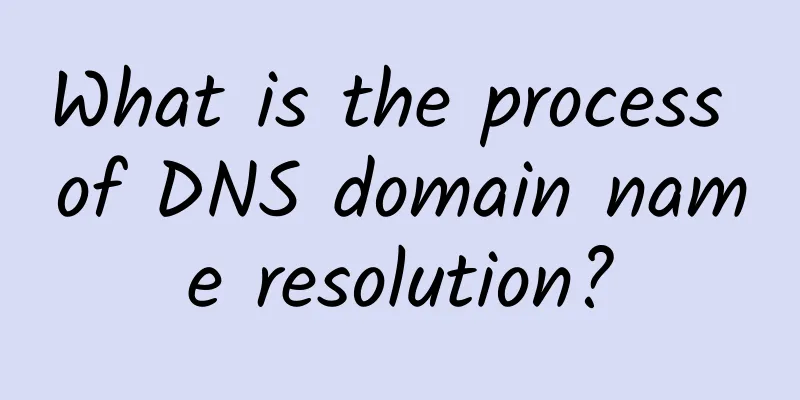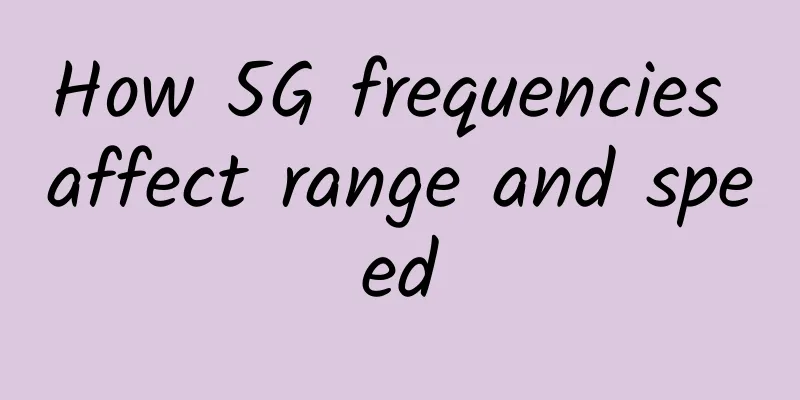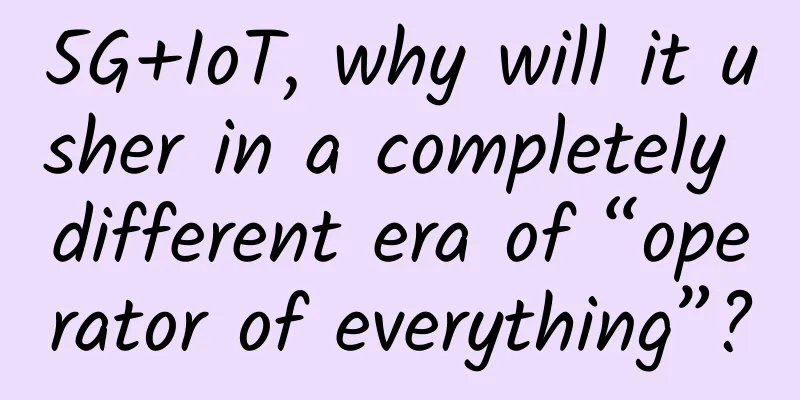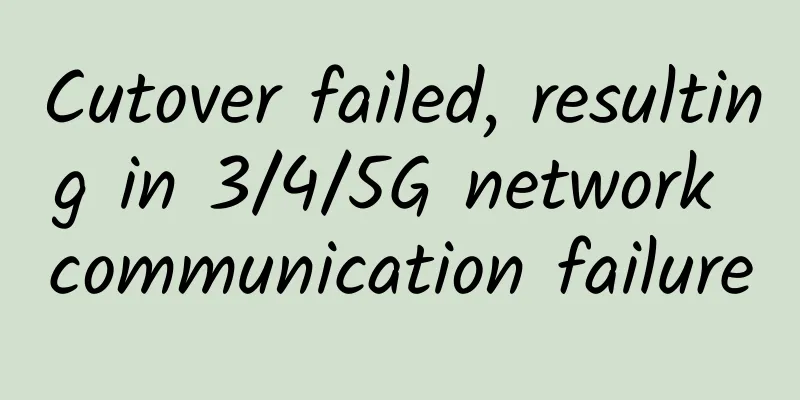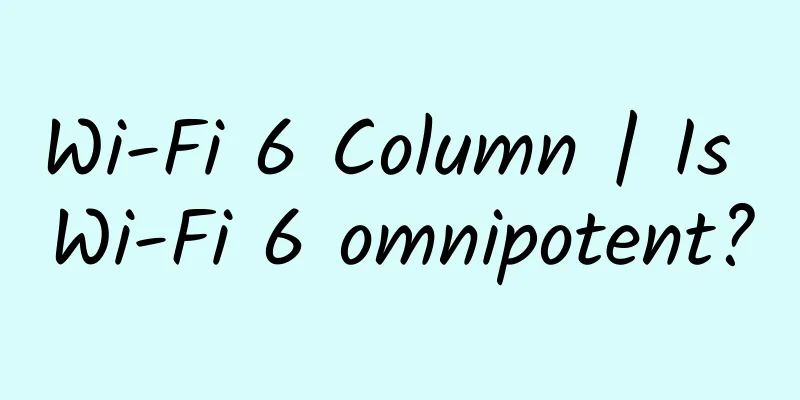5G, edge computing and IoT are expected to reshape networks
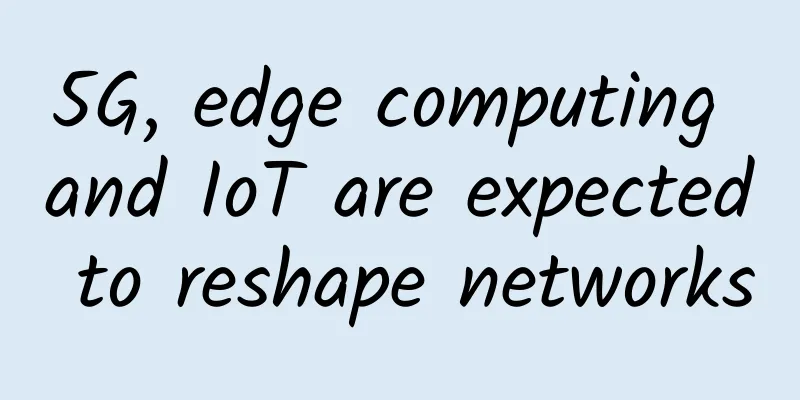
|
5G provides wireless cellular connectivity with higher bandwidth, lower latency, and higher device density than the previous generation of cellular service (4G). In addition to speeds of 10 Gbps and 1 millisecond latency, 5G can support thousands of devices per square kilometer. 5G also supports network slicing, which allows operators to divide the 5G radio access network into virtual segments, each of which can be customized to support different types of applications. Another benefit of network slicing is that the traffic of one segment can be isolated from the traffic of other segments to ensure security.
5G uses a variety of frequencies, ranging from the existing 2.4 GHz band to millimeter wave (MM wave). Millimeter wave frequencies support higher bandwidth channels, although they reduce range due to RF absorption. This means that more access points can be deployed, which will reduce the number of endpoints associated with each AP and increase the bandwidth available to each endpoint. 5G edge computing, fog computing and IoT Edge computing integrates data processing into edge devices, which are typically data collectors or process controllers. Edge computing quickly processes raw sensor data without transmitting the data to the host application. By processing raw data near or within the edge device, transmission latency and bandwidth costs can be reduced. A good example of this is a programmable logic controller that collects and processes locally generated data and then uploads summary data via a network connection to a comprehensive monitoring application for additional data processing and archiving. Edge computing improves the efficiency of upstream data transmission and provides real-time control of IoT edge devices. In edge computing, processing power is installed inside or near edge devices. Fog computing offers an alternative that places computing and storage capabilities near edge devices, rather than within them. It provides local device-to-device communications, offers better control system resiliency, and sends summary data to cloud-based applications. The 5G edge computing combination brings opportunities for new and improved applications, including IoT deployments, thanks largely to the standard’s bandwidth latency and real-time control capabilities. 5G’s 1 millisecond latency (versus 10 milliseconds for 4G) supports real-time applications – applications that cannot tolerate the latency of 4G. A common example is self-driving cars, where cars communicate with each other over 5G, sharing sensor data and driving intent, allowing each car to make intelligent decisions about its intended path. Fog computing, combined with the low latency of 5G, supports real-time applications that high-latency cloud-based applications cannot support. Application resiliency can also be improved through a distributed architecture, where fog computing infrastructure is installed close to IoT devices. By using the right architecture, edge and fog computing-based applications can continue to operate at the local level even if the network connection to the cloud fails. Security use cases support 5G edge computing In addition, edge computing security can be enhanced by using private 5G network slices, which are protected by firewalls and built on network function virtualization infrastructure. At the same time, containerization will make it easier to deploy customized software to edge or fog computing systems. Large solid-state storage systems will be able to store large amounts of data. This combination of network, computing, and storage opens the door to many interesting and powerful systems. Let's look at the building's environmental, lighting, and security systems. With 5G and fog computing infrastructure, low-cost sensors can transmit data over a local secure network. The fog computing system makes control decisions based on configuration data downloaded from the cloud. The low latency and high density of the 5G network means it can collect data in real time from hundreds of thermostats, occupancy sensors, security scanners, and ambient light monitors. The fog computing system sends commands to building lighting, door locks, and heating and cooling systems over the 5G network. If the cloud connection is interrupted, the system will continue to operate. At the same time, security is enhanced because 5G network slicing isolates sensor and control data from other network users. Another good example is an assembly plant control system. Robots communicate with each other to pass parts to each other and rely on 5G edge computing for communication. A fog-based infrastructure will add another level of control between neighboring robots. You can also easily extend this concept to a chemical plant process control system. In both examples, 5G network slicing can enhance security. |
<<: How does SD-WAN compare to VPN?
>>: Linux TCP/IP protocol stack, data sending and receiving process, TCP protocol characteristics
Recommend
AkkoCloud: UK CN2 GIA/Germany CN2 GIA/US CN2 GIA high bandwidth VPS quarterly payment starts from 99 yuan
We know that the CN2 GIA line is one of the relat...
Accident review: We duplicated the order ID!
[[428490]] introduce In many business systems, we...
Big data architecture, use cases and benefits in IoT
1. Introduction In recent years, the "Intern...
In addition to 5G licenses, other major network events also occurred in the first half of 2019
On June 6, 2019, my country's 5G license was ...
The basic concepts of Kafka producers, consumers, and brokers
Kafka is a publishing and subscription-based mess...
Strengthening "Made in China" to solve the pain of "chip shortage" - Focusing on the three hot spots of ZTE's "ban on sales"
In response to the U.S. export ban order against ...
Solution to the problem that the called party cannot be connected due to the INVITE message not being forwarded
picture During a VoLTE test, an operator discover...
China Mobile has built more than 410,000 5G base stations
On April 25, China Mobile General Manager Dong Xi...
Analysis of API Gateway Selection of Several Major Cloud Vendors
1. What is an API Gateway? An API Gateway is a wa...
Is 5G the missing piece of the digital twin puzzle?
In this always-connected digital age, 5G technolo...
Pull or Push? How to choose a monitoring system?
[[421126]] A variety of monitoring systems Monito...
Comparative Analysis of Kubernetes Network Plugins (Flannel, Calico, Weave)
[[269494]] This article will focus on exploring a...
What exactly are the CE, C++, and C+L bands?
[[400269]] This article is reprinted from the WeC...
DogYun National Day Promotion: 30% off on Dynamic Cloud, 20% off on Classic Cloud, 100 yuan/month discount on Dedicated Server, 100 yuan free for every 100 yuan you top up
DogYun is a Chinese hosting company established i...
